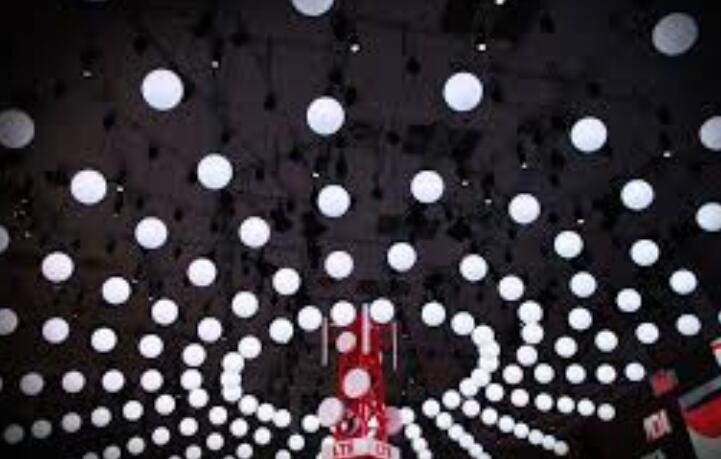RGB LED color combinations refer to the various hues and tones that can be achieved by combining different intensities of red, green, and blue light emitted from LED lights. Here is a summary of RGB LED color combinations:

-
Primary Colors:
-
Red (R: 255, G: 0, B: 0)
-
Green (R: 0, G: 255, B: 0)
-
Blue (R: 0, G: 0, B: 255)
-
Secondary Colors:
-
Cyan (R: 0, G: 255, B: 255) - Combination of green and blue
-
Magenta (R: 255, G: 0, B: 255) - Combination of red and blue
-
Yellow (R: 255, G: 255, B: 0) - Combination of red and green
-
White and Gray Shades:
-
Pure White (R: 255, G: 255, B: 255) - Equal intensities of red, green, and blue
-
Gray Shades - Achieved by varying the intensities of all three colors equally
-
Other Colors:
-
Orange, purple, pink, and many other hues can be created by varying the intensities of the three primary colors in different proportions.
-
Intensity Range:
-
Each color channel (red, green, blue) has an intensity range from 0 to 255 (8-bit). This allows for a total of 16,777,216 (256 x 256 x 256) unique color combinations.
-
Color Mixing:
-
RGB LED color combinations are based on additive color mixing, where combining the three primary colors in varying intensities results in a wide range of colors.
-
Applications:
-
RGB LEDs are commonly used in displays, lighting systems, and other applications where a wide range of colors is needed. By adjusting the intensity of each color channel, users can achieve a desired hue or create dynamic lighting effects.
It's important to note that the exact RGB values for a specific color may vary depending on the LED manufacturer and display calibration. The above combinations serve as a general guideline.


